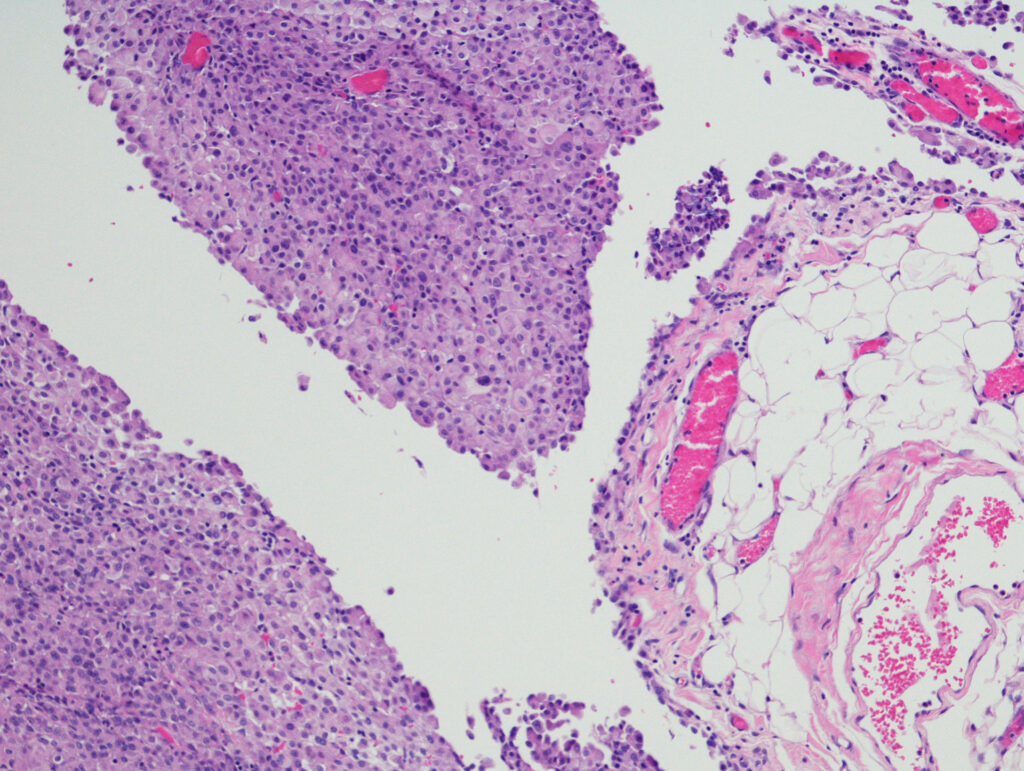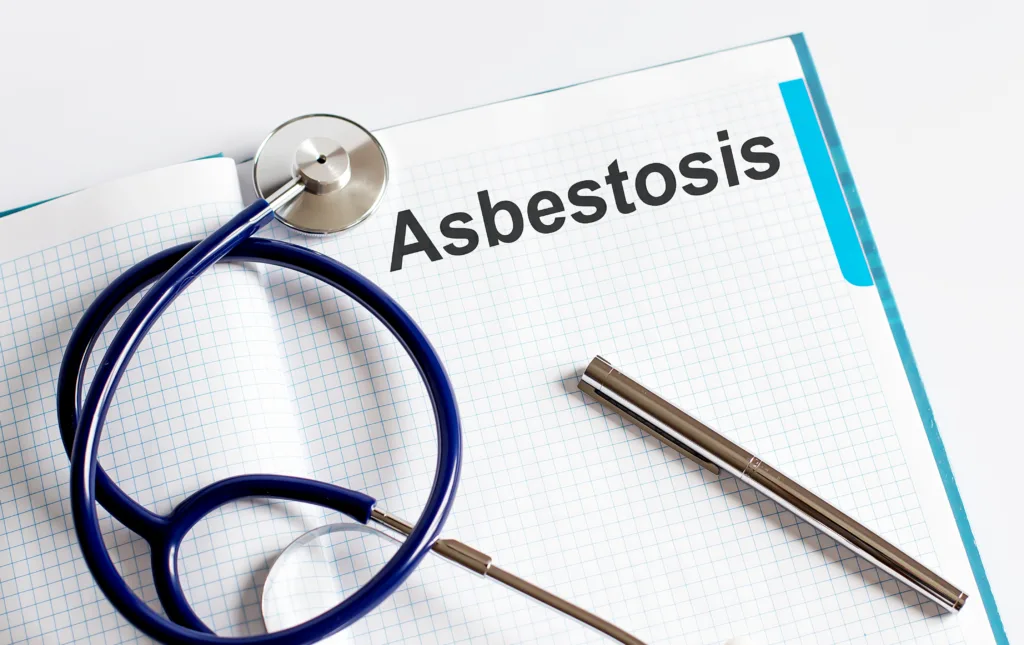Cancer. The very word sends shivers down many spines. It’s a disease that touches countless lives, and the fight to find cures and better treatments feels never-ending. But behind the scenes, a powerful weapon exists: cancer research. Funding this research is crucial, but where exactly does that money go, and how much of it reaches rarer cancers like mesothelioma?
The American Cancer Society (ACS) is a leading light in the fight against cancer. As the largest non-governmental funder of cancer research in the United States (besides the government), it has invested a staggering amount—over $5 billion since 1946. In 2022 alone, it raised more than $145 million from generous donations.
That’s a lot of money, but where does it all go? Here’s a breakdown:
- Funding the Future: Research Grants – The lion’s share directly fuels the most promising cancer research projects. Scientists nationwide compete for these grants, with the ACS meticulously selecting those with the most significant potential to revolutionize cancer treatment and prevention [Link to Currently Funded Cancer Research, American Cancer Society].
- Beyond the Lab: Supporting Patients – Cancer research isn’t just about test tubes and microscopes. The ACS understands the human cost of the disease. A significant portion of donations go towards vital patient support services and programs, including helping patients navigate insurance complexities, access treatment, or even find emotional support groups.
- Prevention is Key: Education and Awareness – The adage “an ounce of prevention is worth a pound of cure” rings true in the fight against cancer. The ACS allocates funds to raise disease awareness and promote preventative measures, empowering individuals to take steps toward lowering their cancer risk.
Funds Distribution by Cancer Type: Balancing Need and Impact
It’s natural to wonder how research funding is distributed across different cancer types. While specific numbers can be elusive, a general trend exists. Cancers with higher occurrence or mortality rates tend to receive more funding. This makes sense – the potential impact on a larger patient population justifies a more considerable investment.
The ACS website offers a glimpse into this distribution by listing currently funded research grants categorized by cancer type [Link to Currently Funded Cancer Research, American Cancer Society]. Here, you can explore how their resources are allocated across various cancers.
Mesothelioma: Fighting for a Rarer Cause
Mesothelioma, a cancer tragically linked to asbestos exposure, is a rarer cancer. As a result, research funding for it is often lower compared to more widespread cancers. However, there is still hope. Organizations like the American Lung Association and the Asbestos Disease Awareness Organization specifically support mesothelioma research.
The Takeaway: A United Front Against Cancer
Understanding where your donations go is crucial. Cancer research funding isn’t a zero-sum game. Resources are channeled towards research, patient support, and preventative measures. While common and deadly cancers might receive a larger slice of the pie, organizations dedicated to rarer cancers like mesothelioma are out there fighting the good fight.
Together, through research, patient support, and education, we can continue to chip away at cancer’s grip. By supporting organizations like the ACS and others focused on rarer cancers, we can ensure that no patient feels left behind in the battle for a cure.
Make a difference in the fight against cancer. There is always time to make a difference. We support the following organizations:
- The American Cancer Society
- American Lung Association
- Asbestos Disease Awareness organization
- Gilda’s Club Chicago
- Meso Foundation
- RUSH University Medical Center
There are many ways to get involved beyond donating. Volunteer your time, participate in fundraising events, or raise awareness through social media campaigns. Every action counts!
Knowledge is power. Take the critical steps to lower your cancer risk and empower yourself to take charge of your health.



